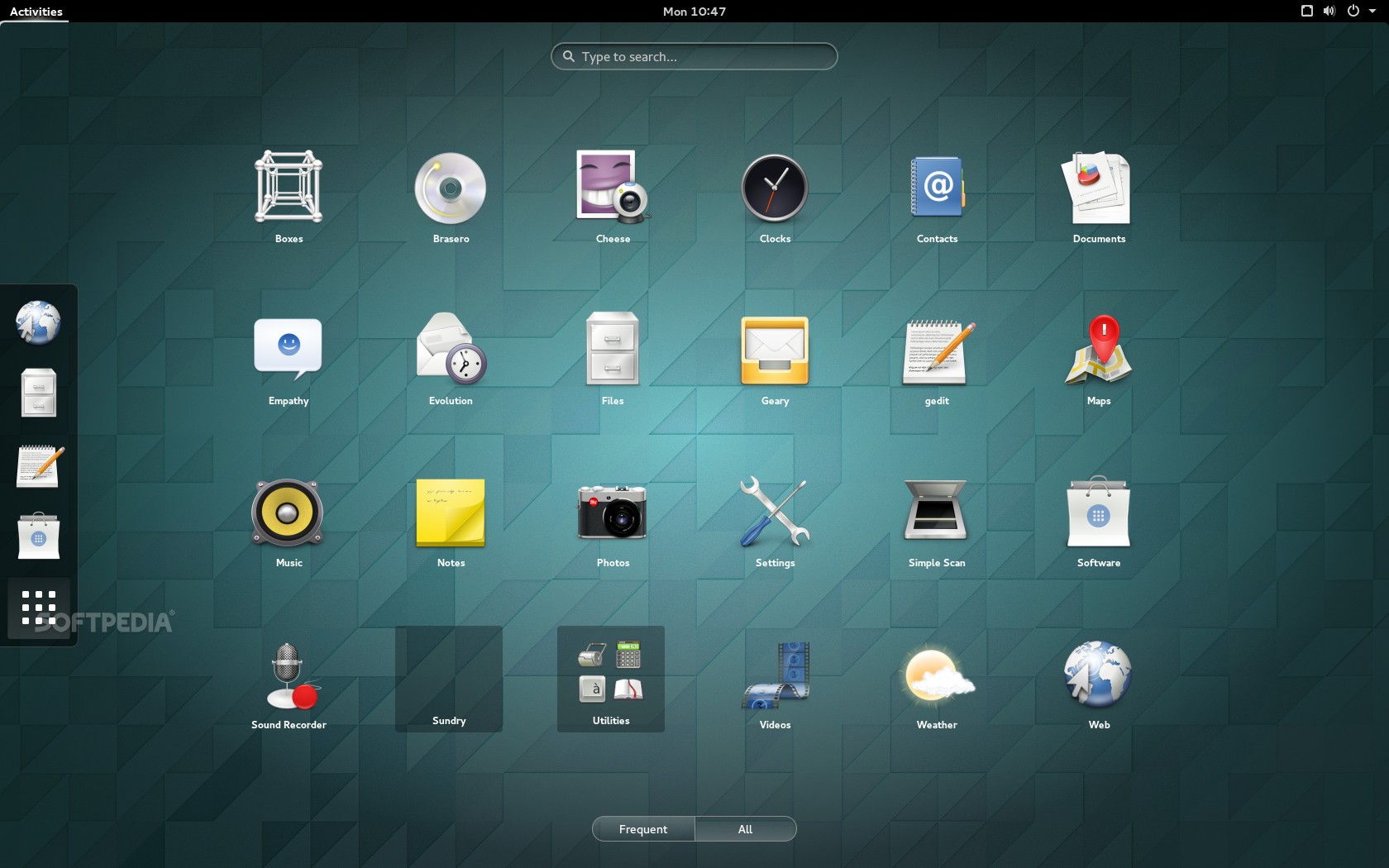GNU/Linux is an operating system (in most cases) based on Unix that people use to host Websites and File servers, it also runs on everyday devices like your Phone, Car, TV and many other Devices. Other than that, GNU/Linux is also a Normal Operating system for your computer.
GNU/Linux may not be that popular but in my opinion, it is better than Windows (and its free :p). What is it like when you buy a car, but you cannot see what is under-the-hood and know about it's main functioning? That’s like a Windows PC!
-
GNU/Linux is completely an open-source project so you can have a look at the source code of GNU/Linux, which is a plus.
-
GNU/Linux does not need an antivirus because the developers of the distribution you are using are always looking for weak points and fixing them so that GNU/Linux stays secure, also no one would want to hack GNU/Linux because it’s market share is under 2%.
-
As the operating systems evolve, so do their hardware requirements increase exponentially. For instance, if you purchase a copy of Windows 10, you will have to meet the minimum hardware requirements to run it successfully, and you cannot run it on just about any low-end system. While on the other hand, gnu/linux will breathe a new life to your old pc.
-
Another major advantage of using GNU/Linux instead of Windows is customization. If you like tweaking your system’s looks, GNU/Linux is simply perfect for you.
-
Last but not the least, you have the most control over your pc. You are the one to control what runs in background or foreground or if it can even run on your pc.
You can customise nearly every inch of your GNU/Linux installation to fit your liking, and it starts with choosing the right desktop environment. If you want a Mac OS like Desktop Environment, you might want to pick the GNOME Desktop Environment.

• Xfce (Better for older computers)
• KDE Plasma (Most Customizable)
• Cinnamon
• MATE
• LXQt
GNU/Linux has different versions called distributions that mostly come with Desktop Environments preinstalled, here are some of the most popular Distros. (Disclaimer: Based on my opinion)
• Pop_OS! (Good option for GNOME, based on Ubuntu/Debian)
• Fedora (Another good option for GNOME, provides a smooth transition from Windows to GNU/Linux)
• Kubuntu (Best KDE option)
• KDE Neon (Another good option for KDE)
• Xubuntu (Best Xfce option)
• Linux Mint (Best Cinnamon option, provides a smooth transition from Windows to GNU/Linux)
• Ubuntu MATE (Best MATE option)
• Ubuntu Budgie (Best Budgie option)
• Lubuntu (Best LXQt option)
• Arch Linux and other distros based on it, like Manjaro, Artix, etc (Good for learning purposes and for Advanced/Old GNU/Linux users, follows a rolling model for updates, only con of arch is systemd being enforced {Artix ditches that})
• Zorin (Based on Ubuntu/Debian, refreshed ui and easy to use)
• Gentoo (Another distro for experienced users, you build your own system bit-by-bit and more control over system including linux kernel, openrc, less bootup time)
A quick fun fact: You're already using gnu/linux on your phone! Android and iOS both are based on gnu/linux.
This repository contains personal post-install setup scripts as well